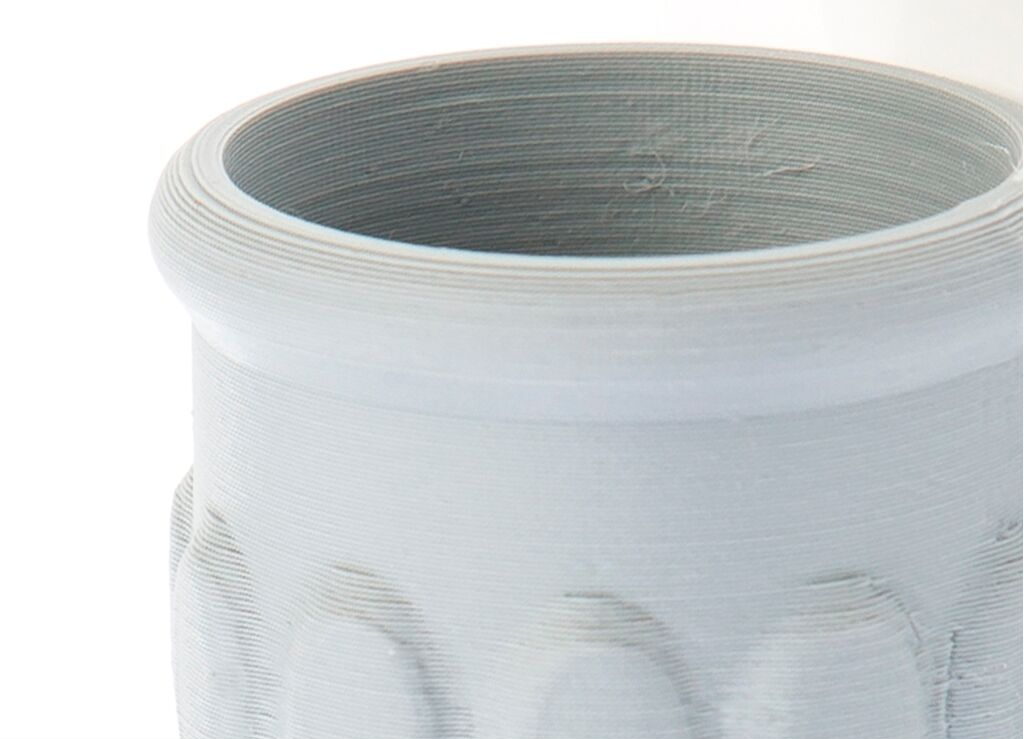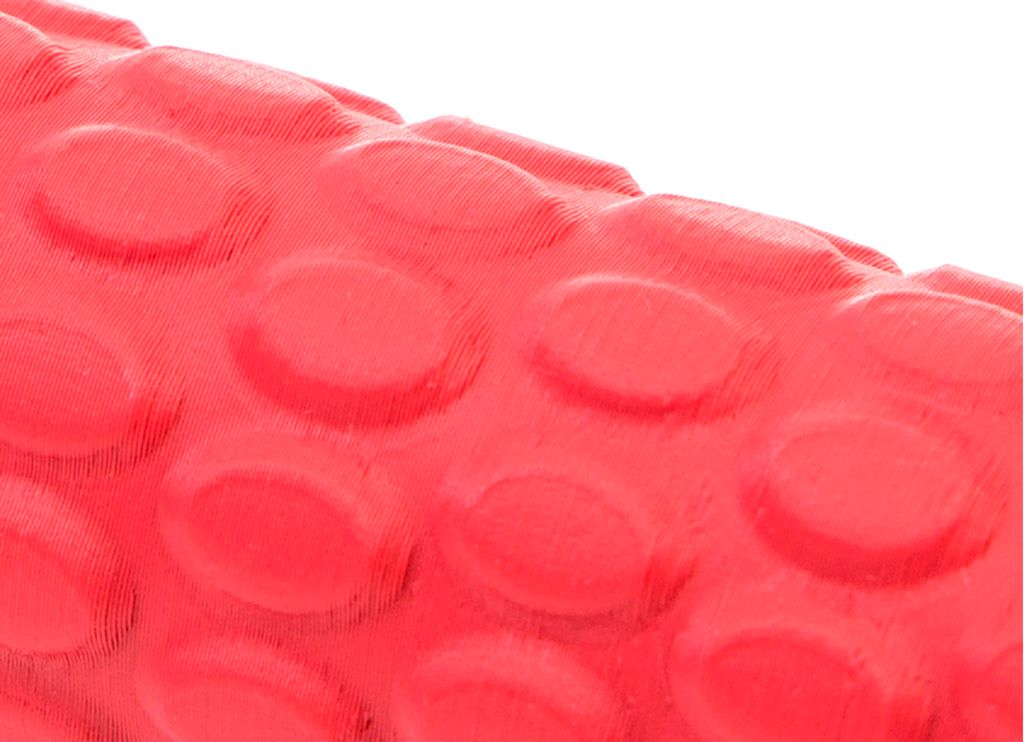Fillamentum Industrial, the performance application brand of Czech 3D printing filament producer Fillamentum, has introduced a selection of new materials including flexible Flexfill TPE, carbon fibre reinforced CPE, carbon and aramid fibres reinforced Nylons, and PP.
According to Josef Doleček, CEO of Fillamentum, “Elastomers represent an important group in 3D printing and therefore new materials will be part of an expanding family of flexible materials,”
“At Fillamentum we can see the future in flexible materials.”

Fillamentum Flexfill TPE 90A and 96A
Fillamentum Industrial’s latest materials, which debuted at Formnext 2019, are Flexfill TPE 90A and Flexfill TPE 96A. Flexfill TPE 90A is flexible, tear and abrasion-resistant, and has chemical resistance to water, acids, alkalis, and alcohols. One of the main benefits of this filament is its certification for food and skin contact applications. It is a suitable material for packaging, prototyping, medical products, but also elastomeric components such as gaskets, sealings.
Similarly, Flexfill TPE 96A is semi-flexible and offers a matte smooth surface finish. Much like TPE 90A, this material is tear and abrasion-resistant and exhibits good interlayer adhesion, as well as low stringing. Moreover, both materials display low moisture and water absorption as well as a smooth surface on prints.
Both filaments have a recommended printing temperature of between 225 and 245°C, with bed temperatures from 50-60°C, and a printing speed of 15-25 mm/s. Various levels of hardness can be achieved in models 3D printed from the materials depending on infill and parameters.
| Flexfill TPE 90A | Flexfill TPU 92A | Flexfill TPE 96A | Flexfill TPU 98A | |
| Polymer base | Polyolefins | Polyurethane | Polyolefins | Polyurethane |
|
Tensile strength
|
5 MPa | 49 MPa | 5 MPa | 53.7 MPa |
| 250 % | 600 % | 150 % | 318 % | |
| Moisture absorption | Low | High | Low | High |
| Chemical resistance | Water, acids, alcohols, alkalis | Oils, greases, ozone | Water, acids, alcohols, alkalis | Oils, greases, ozone |
| Food & skin contact | Certificated | Not recommended | Safe for use | Not recommended |
| Gas permeability | Low | High | Low | High |
| Optical properties | Matte, non-translucent | Glossy, transparent | Matte, non-translucent | Glossy, transparent |
A comparison of Fillamentum Flexfill materials. Graph via Fillamentum.
TPE for 3D printing diversity
Elastomers represent an important material group in 3D printing. Flexfills TPE, in particular, are recyclable and non-toxic, exhibiting impact, rebound and chemical resilience. They are suitable for use in most commercial FFF 3D printers.
Fillamentum has developed Flexfill TPE 90A and Flexfill TPE 96A in cooperation with Resitech Germany GmbH, a part of Westlake Global Compounds. Dr. Katharina Hackethal, Senior R&D Manager, Resitech Germany GmbH, added, “The goal is to open up opportunities of using unique properties of TPE – with its characteristic diversity – in 3D printing like in other processes. The soft-touch of the surface and a good chemical and thermal stability are just two examples [but] TPE offers a large material diversity with a wide range of final applications.”
Fillamentum Flexfill TPE 90A and 96A are now available for purchase directly from Fillamentum Industrial. In the coming weeks, the brand is also hoping to expand its range with a Carbon fibre reinforced CPE, Nylons reinforced with aramid fibres or carbon fibres, and PP.
The materials are part of an ever-growing range of materials from Fillamentum, which also saw the addition of the introduction of PVC-based Vinyl 303 earlier this year. Such filaments are designed to further lead additive manufacturing from prototyping to a means of functional production. The company’s goal is to become the leading brand for FFF filaments, with one of the widest catalogues in the industry.

Want the latest 3D printing news? Subscribe to the 3D Printing Industry newsletter, follow us on Twitter and like us on Facebook.
Looking for an opportunity in the 3D printing industry? Visit 3D Printing Jobs to commence your career in additive manufacturing.
Featured image shows 3D printed bicycle handle covers designed by Martin B made from TPE 96A Sky Blue, Light Grey & Signal Red. Photo via Fillamentum.


